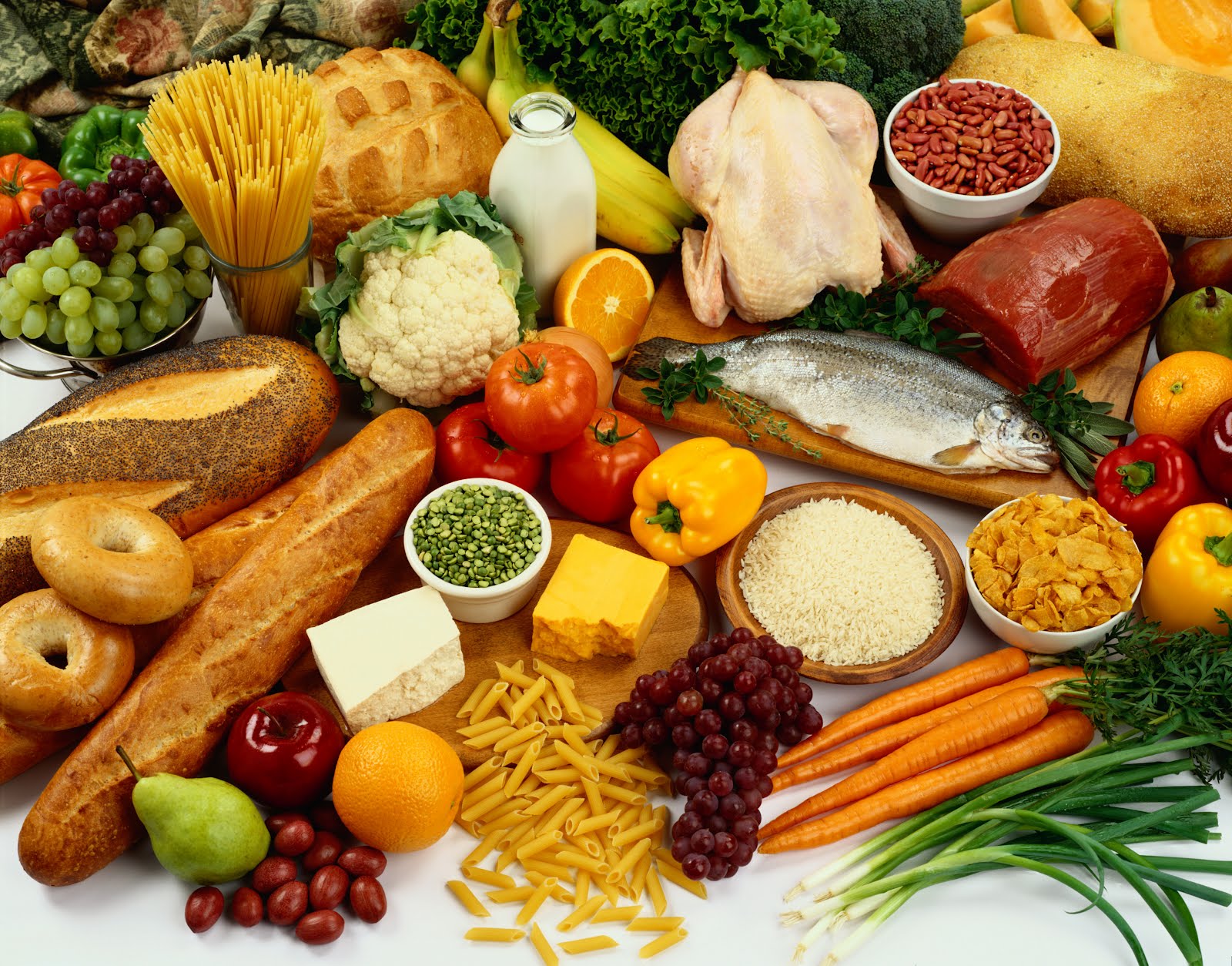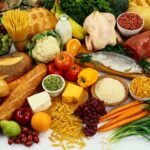Extended Abstract Introduction
The swift degradation of nutrients when exposed to human interference or left to natural processes has long been a concern in the realm of food storage. Throughout history, data storage practices have played a crucial role in preserving food quality. Selecting an appropriate method for storing food is paramount, requiring attention to minimize impact on flavor, smell, appearance, and structure, while also eliminating spoilage factors . Various methods, including cold or freeze preservation, heat treatments, drying, chemical preservatives, irradiation, and controlled or modified atmospheres, are employed for food storage.
Traditional Food Storage Methods
Heat treatment applications stand out as one of the most utilized traditional methods for food preservation. Another common practice involves controlling water activity . However, a shift in consumer consciousness has led to diminished interest in conventionally processed foods, primarily due to the adverse effects of high temperatures employed in classical heat treatment methods, resulting in the loss of nutritional value.
Food Storage: Definition, History, and Importance
Food storage encompasses the acquisition, storage, or reservation of food for future use. Neglecting proper storage leads to rapid degradation of food quality. Well-stored foods offer numerous benefits, such as extended storage periods, facilitated transportation, the production of safe and healthy products, and ease in marketing .
Traditional Food Storage Methods
Methods used in traditional food storage include boiling, pasteurization, sterilization, cooling, drying, and concentration.
Food Storage with Heat Treatment Applications
The food industry employs three types of heat treatment: boiling, pasteurization, and sterilization.
Nutrient Storage by Control of Water Activity
Various nutrient storage methods revolve around controlling water activity, including freezing, drying, and concentrating.
Food Storage Methods with New Technologies
In response to evolving consumer demands, new food storage methods have emerged. These include freeze-drying, edible films and coatings, irradiation, microwave, infrared heating, ohmic heating, radiofrequency, high pressure, ultrasound, ultraviolet, hover electric field, and smart packaging applications.
Freeze Drying
In this technology, food water is frozen at low temperatures and sublimated directly from solid to gas in a vacuum. Compared to other methods, freeze-drying preserves the color, smell, aroma, and composition of food more effectively .
Coating Foods with Edible Films
Edible films and coatings enhance food quality and extend shelf life. They prevent unwanted color formation, lipid oxidation, and microbiological deterioration in foods by combining with antioxidant and antimicrobial compounds (.
Irradiation
Food irradiation involves exposing food to ionized rays, which destroys the DNA of microorganisms, reducing microbial load .
Microwave
Microwave applications reduce pasteurization and sterilization time, preserving food flavor and aroma. Shelf life is extended without compromising food quality .
Infrared Heating
Infrared heating uses electromagnetic energy between visible light and microwave regions to increase water vapor pressure, heating food .
Ohmic Heating
Widely used in aseptically packaged foods stored at room temperature, ohmic heating offers shorter processing times, less nutrient loss, and high energy efficiency .
Radio Frequency (RF)
This method creates a high-frequency electrical field between two plates, activating food molecules and inducing heat through molecular movement .
High Pressure
High-pressure techniques replace high temperatures, with application times ranging from milliseconds to 20 minutes. For foods with suspected pathogenic microorganisms, this period can extend up to 30 minutes .
Ultrasound
Releasing energy with sound waves, ultrasound has an antimicrobial effect on microorganisms in foods through temperature or pressure changes .
Ultraviolet
UV radiation, with its short wavelength and high energy properties, can destroy all microorganisms .
Emphatic Electric Field (PEF)/High Electric Field Drying Method (HEF)
This method relies on the destruction of high electrical power applied to food in microseconds, quickly deactivating enzymes and microorganisms.
Smart Packaging
With the proliferation of packaging methods, selecting the most suitable material and technology preserves food shelf life, quality, and freshness .
Conclusion and Recommendations
In addition to traditional methods, advanced storage techniques meet the growing demand for continuous food quality monitoring and extended shelf life. These methods offer higher quality foods to consumers, yet their adoption is limited due to high costs and technical challenges. Widespread use requires resolving these issues and conducting further research to enhance feasibility and accessibility.










